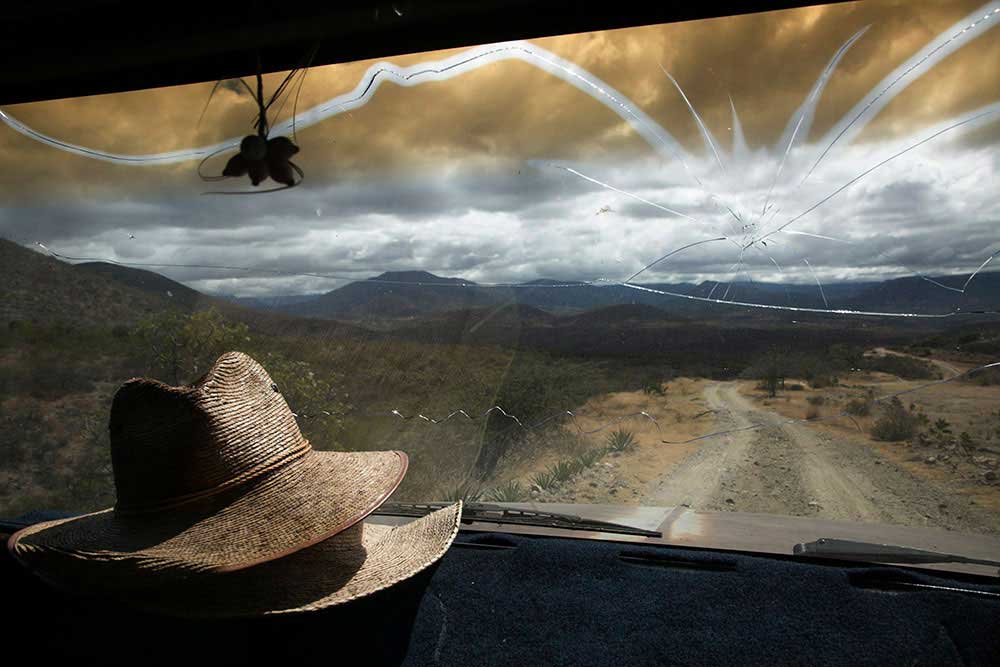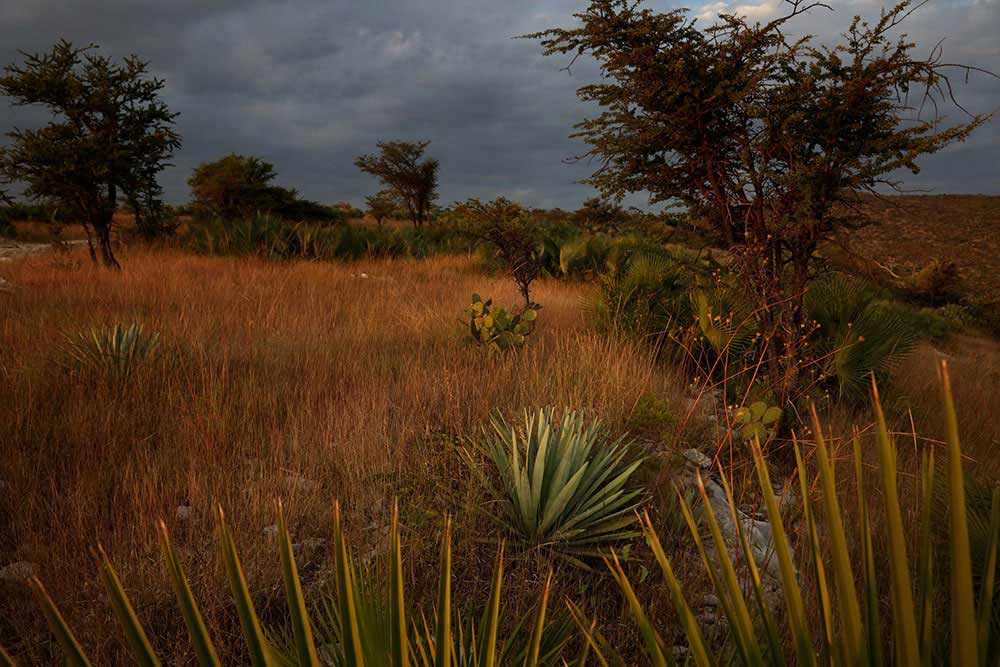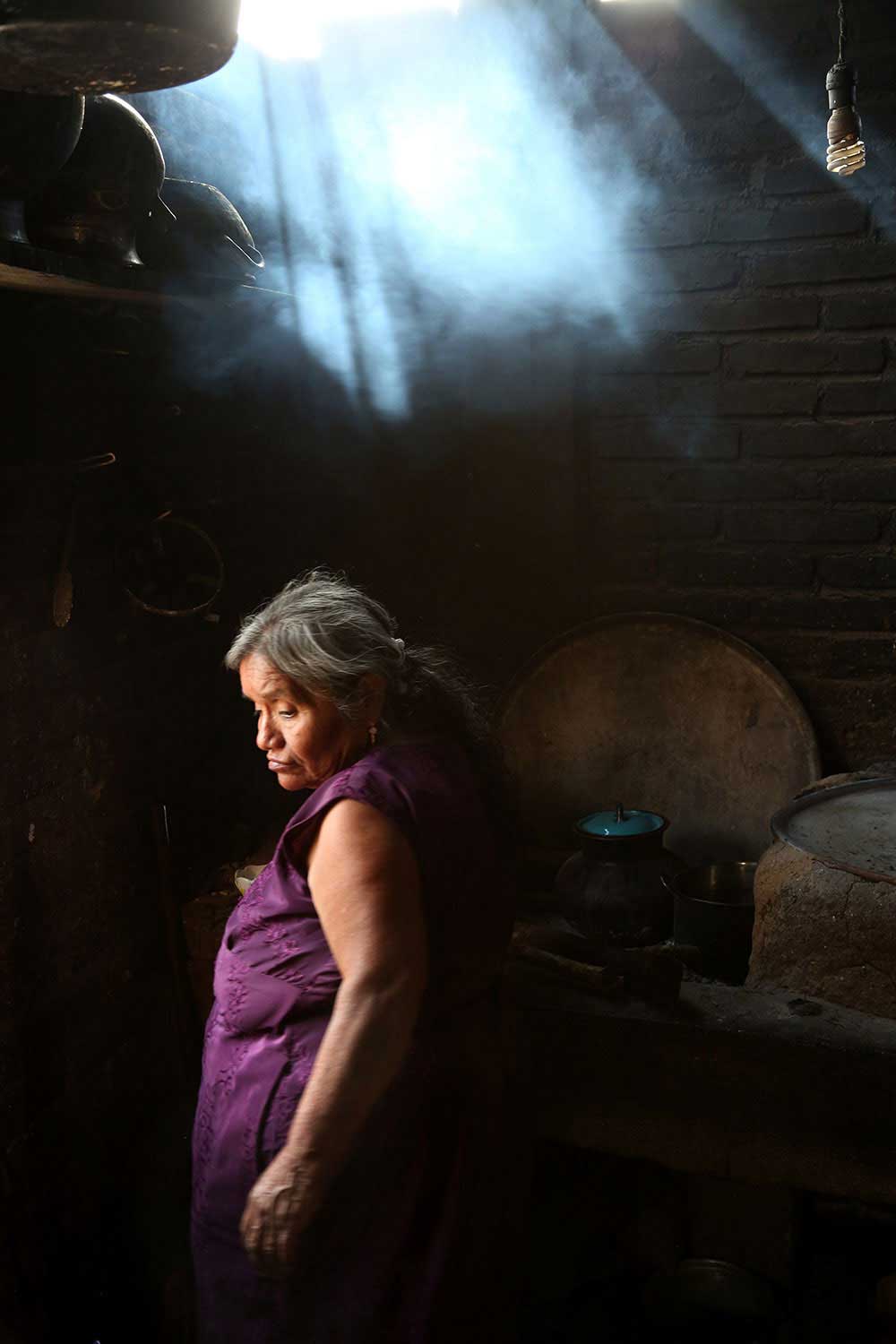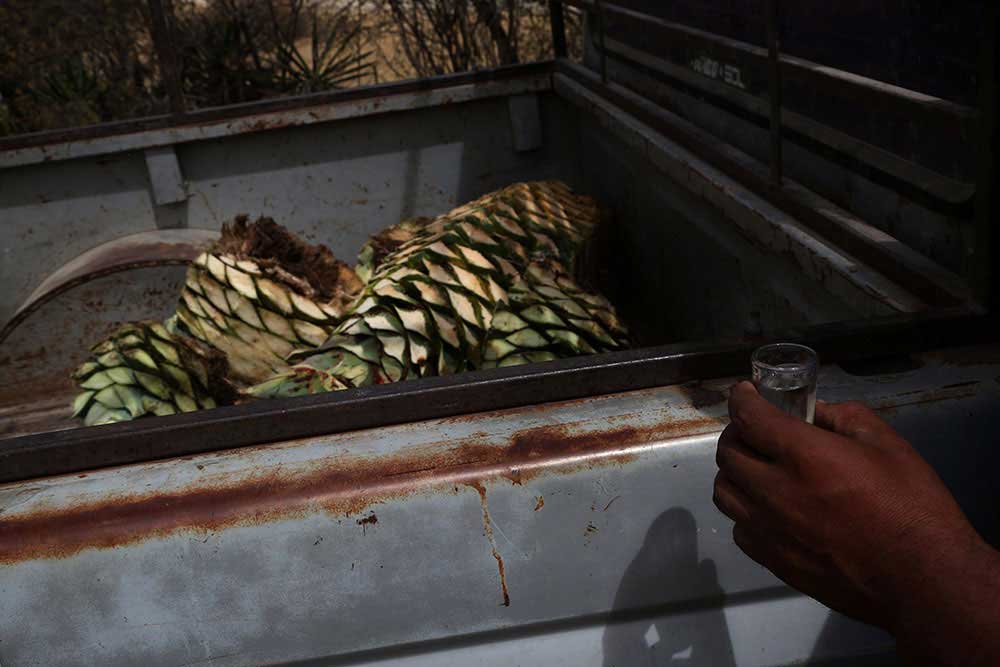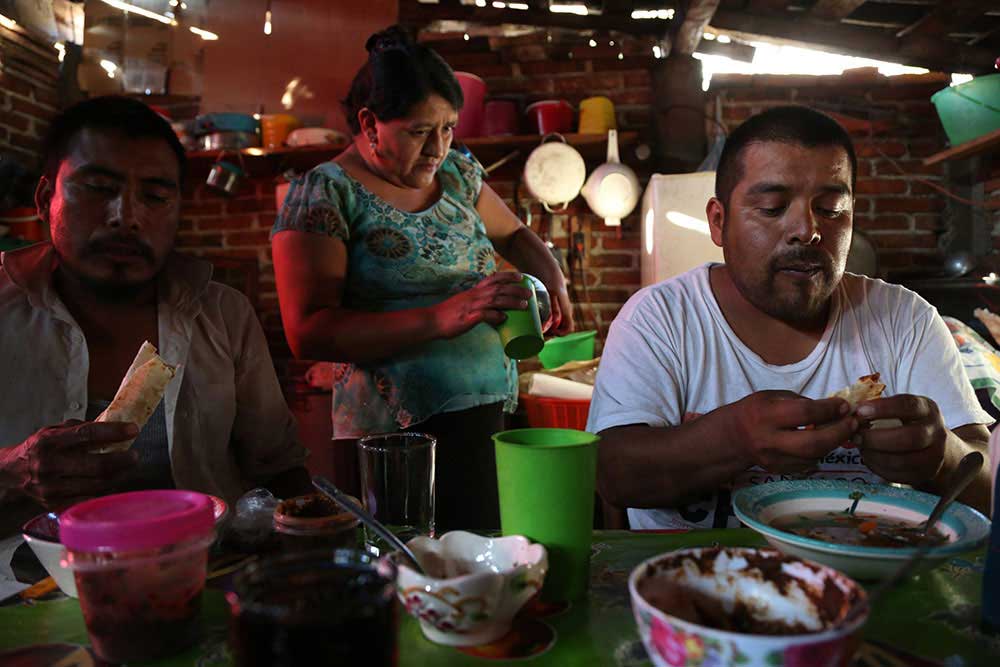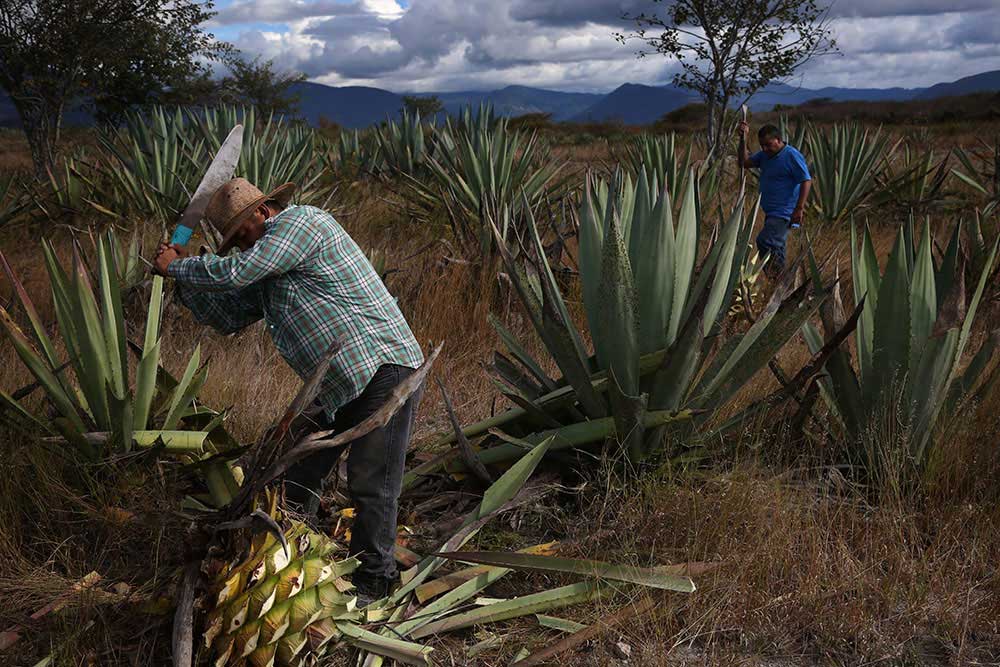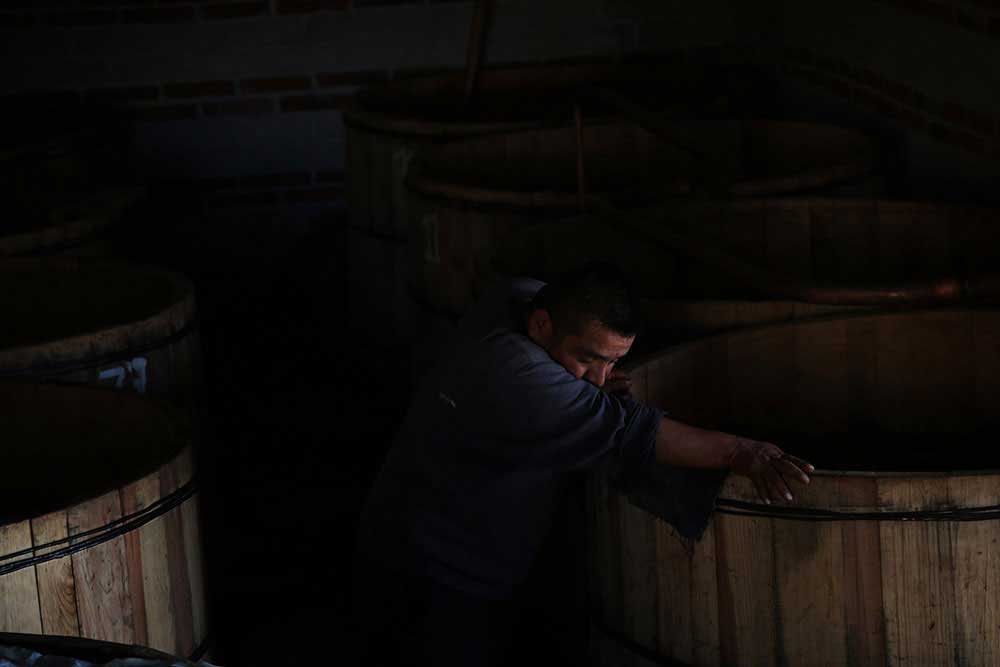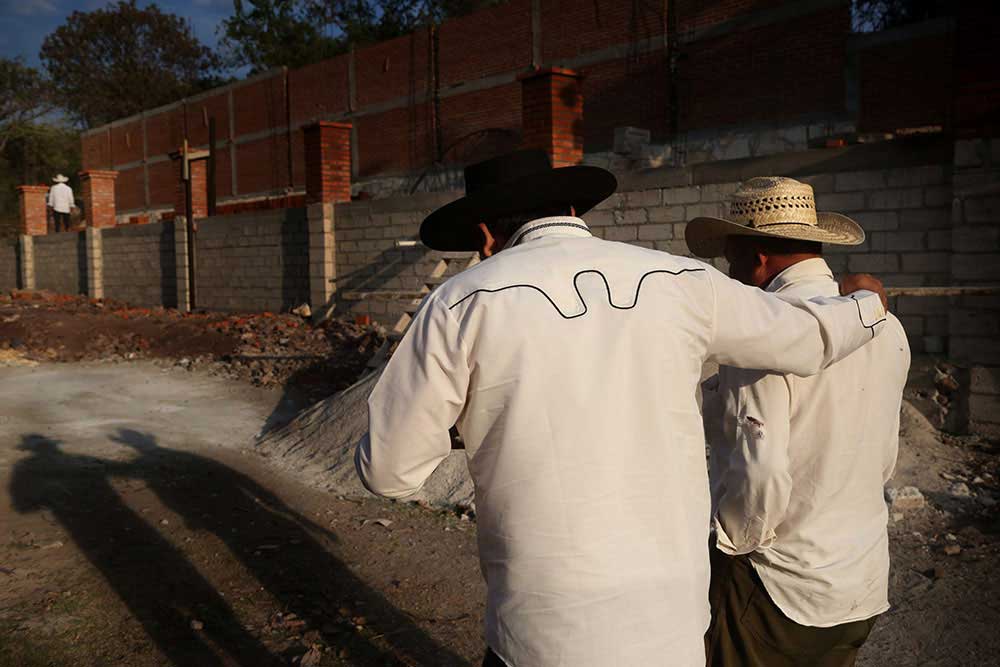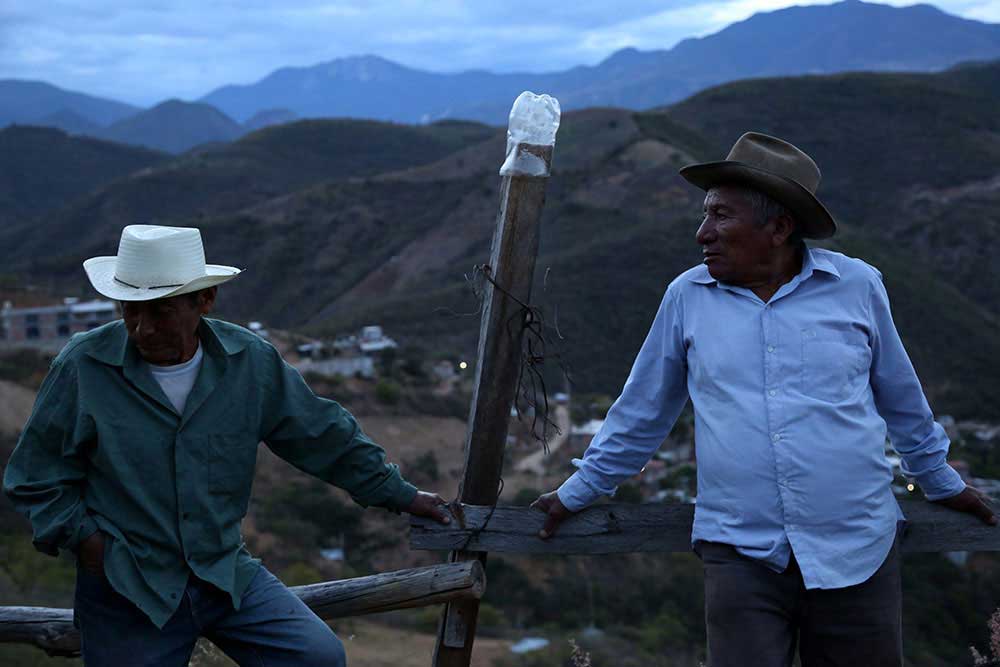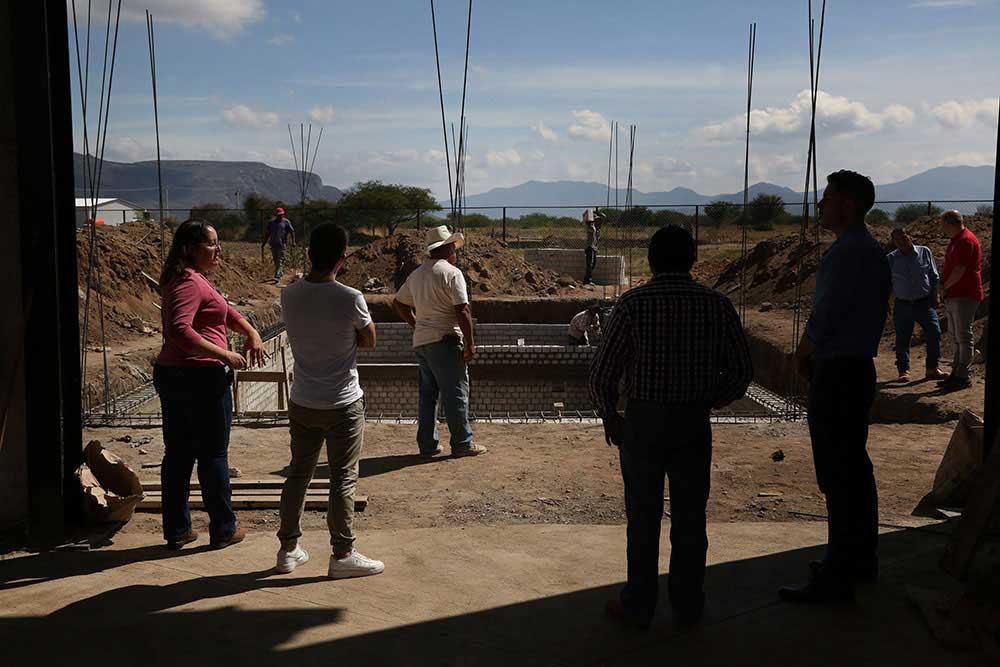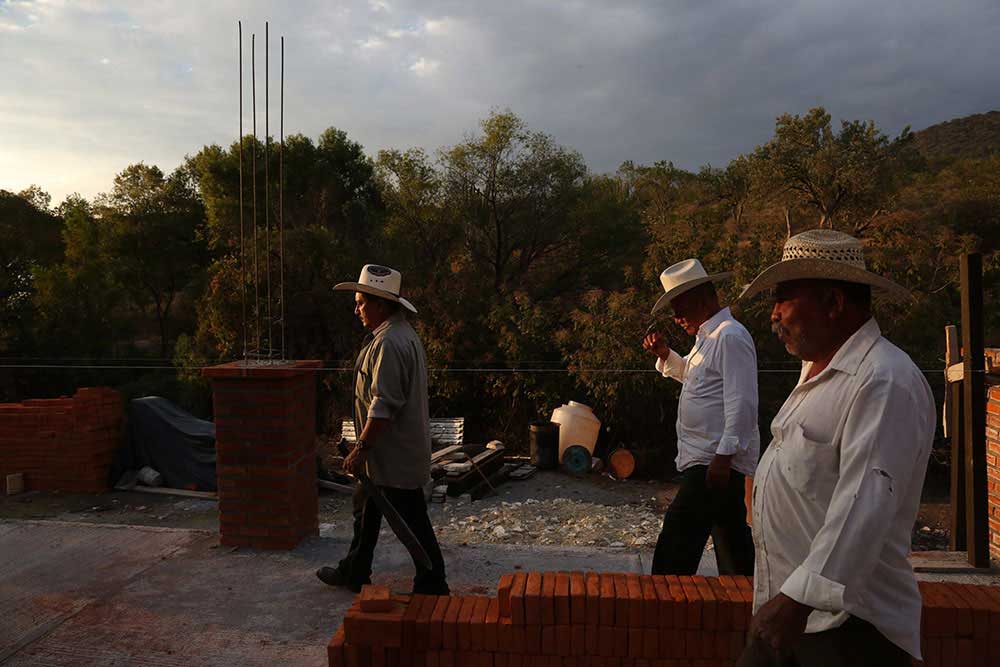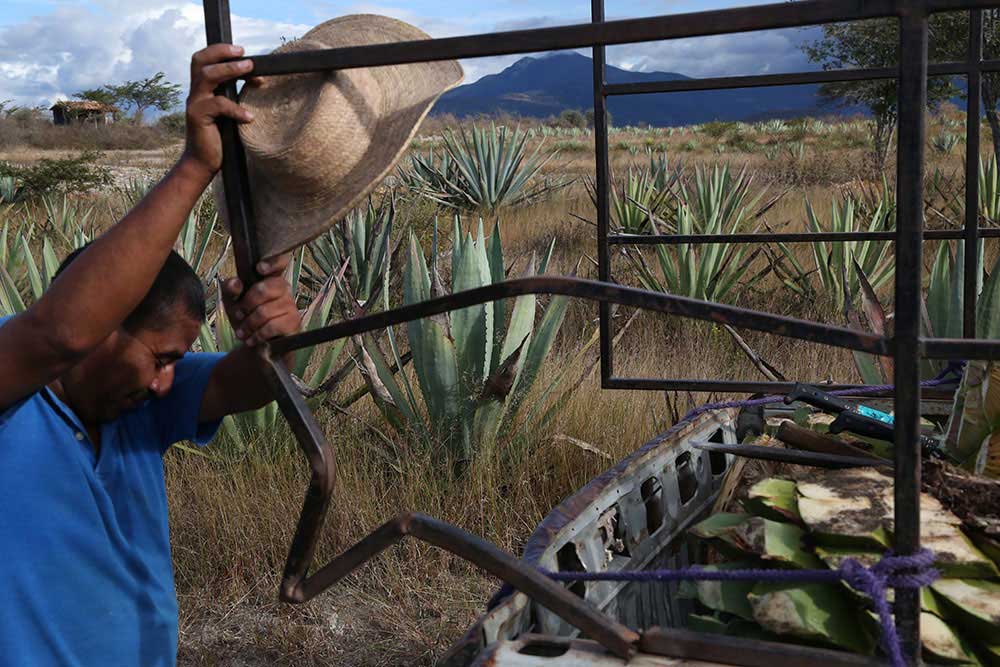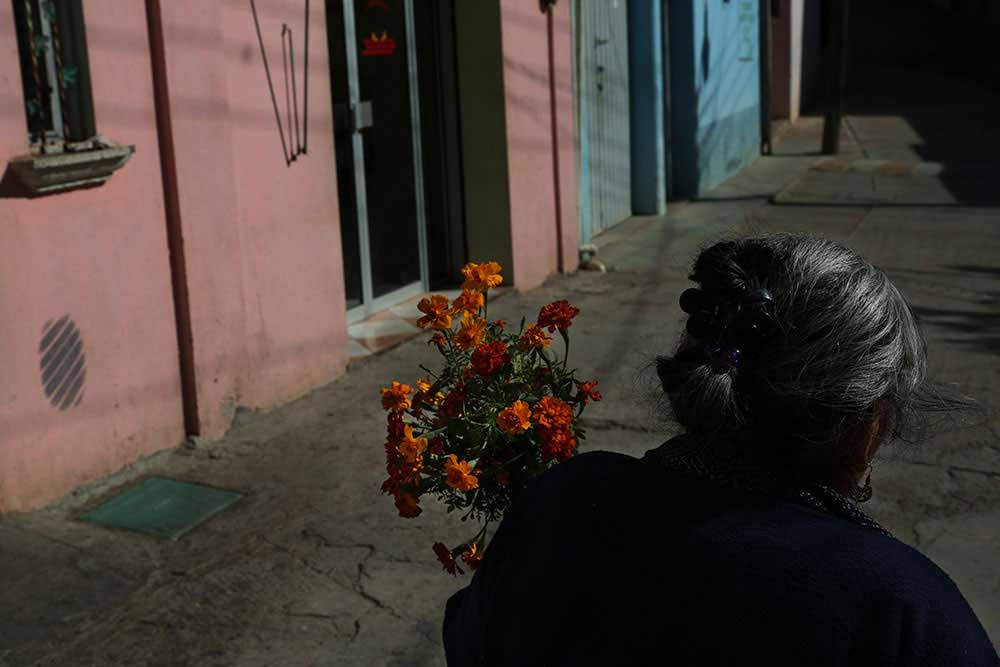They say that people in America like Mezcal a lot,” says Fortunato Angeles, leaning on a wooden tank of fermenting agave. “I like the work because it puts food on the table.” Four generations of his ancestors have distilled the smoky spirit from ripe maguey, or agave, toiling under the Oaxacan sun in southern Mexico to provide the fuel for festivals and family celebrations in the village of San Juan del Rio.
Angeles rubs a drop of his juice on his palms, cupping them around his nose to check the quality of his product. The first whiff of the potentially spirit is pure alcohol, but then richer, caramel and fruit flavors bloom. “It’s the work I learned when I was a little boy,” says Angeles, looking out from the Palenque, or mescal distillery, where he roasts, crush, ferments, and distills alongside his uncle, Arnulfo, and two other maestro mezcaleros.
A generation ago, Mezcal made in San Juan del Rio was also sipped in the town with friends and neighbors, but now Angeles’ spirit is purchased by a company based in Mexico City and sold around the world under their Mezcal Amaras label. I had traveled to Oaxaca to understand what that shift meant for mezcaleros like Angeles.
The liquor category had become a hip commodity in America, touted as the rustic, authentic, handcrafted cousin of tequila. And, at the time in 2016, articles in industry publications fretted that this sudden popularity could destroy centuries of tradition as more sophisticated producers pushed small batch distillers out of business and as, inevitably, the new scale of the market would unbalance what had been a sustained history of agave history of agave consumption. These stories quoted a range of experts, but there was one voice, that I thought was missing: the traditional mezcaleros. So, I set out to get their side of the story.
For most, the new market for their spirit brought small, positive changes. Though some larger, brands have entered the market with mass production strategies, most drinkers are more interested in artisanal Mezcal made the old way. So, brands like Mezcal Amaras were investing in small producers, helping them build slightly larger distilleries, but also insisting that they Angeles was making a small share of the new proceeds, but was still taking home about four times as much money. When he had been younger, he had spent a few years working in America to earn extra money but the new business arrangement meant that perhaps his children wouldn’t have to take the same risk but could instead follow the family mezcal tradition. “It’s in Europe, New York,” he told me, proud that his spirit was traveling around the world. “It’s incredible. I never thought that would happen.”
About Alec Jacobson
Alec Jacobson is a photographer and writer based in Vancouver, BC who likes to dive deep into human stories about natural resources and the environment for publications including National Geographic, The New York Times, The Globe and Mail and Playboy Magazine. He is a National Geographic Explorer and has received two grants from the National Geographic Society – in 2015 and 2018 – to document overfishing on Lake Victoria. [Official Website]



